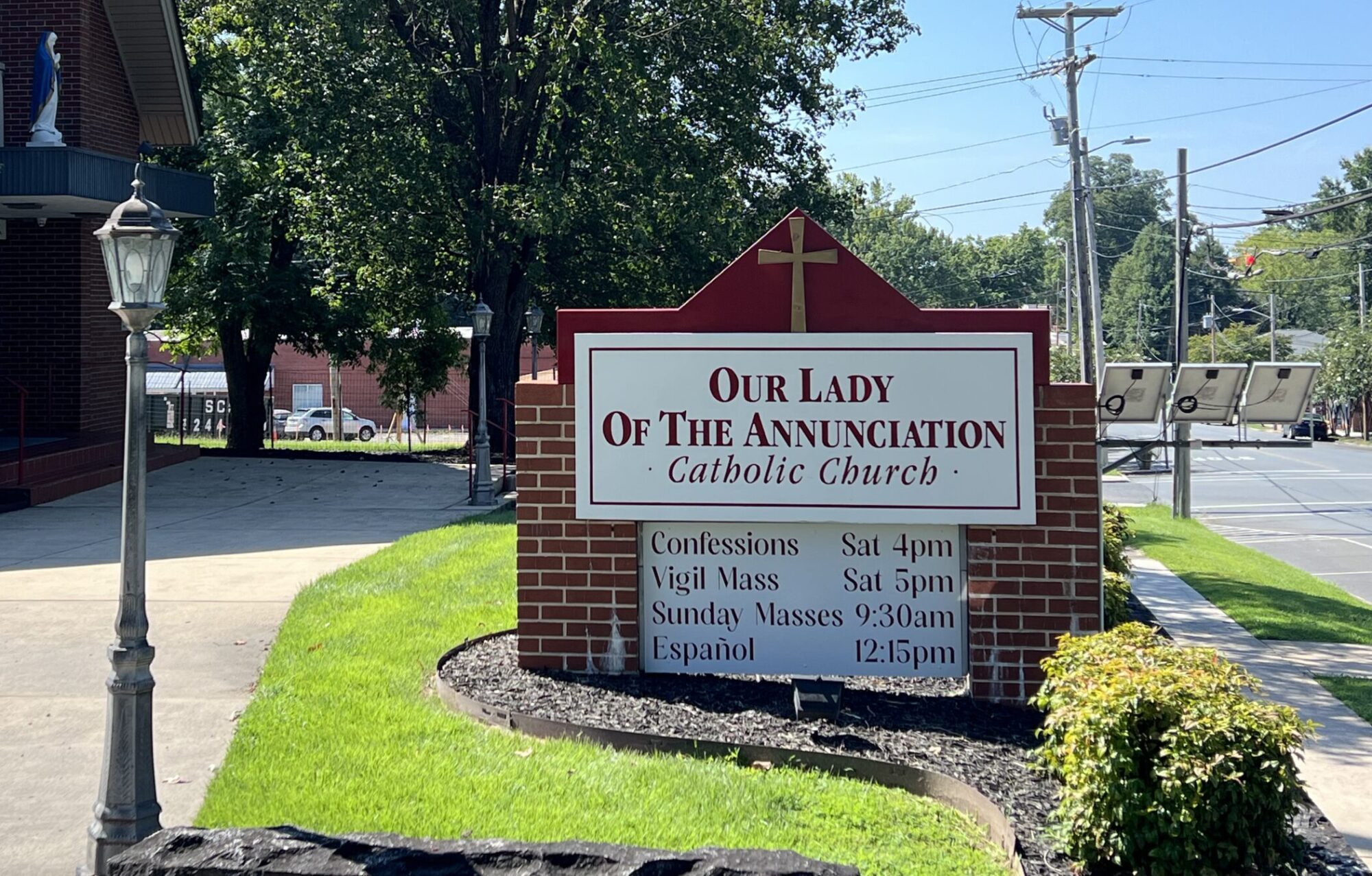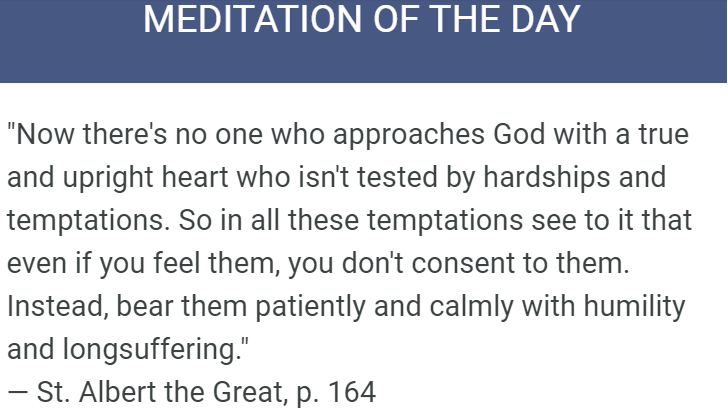
Saint Cyril of Jerusalem (C. 315 – March 18, 386)
The crises that the Church faces today may seem minor when compared with the threat posed by the Arian heresy, which denied the divinity of Christ and almost overcame Christianity in the fourth century. Cyril was to be caught up in the controversy, accused of Arianism by Saint Jerome, and ultimately vindicated both by the men of his own time and by being declared a Doctor of the Church in 1822.
Raised in Jerusalem and well-educated, especially in the Scriptures, he was ordained a priest by the bishop of Jerusalem and given the task during Lent of catechizing those preparing for Baptism and catechizing the newly baptized during the Easter season. His Catecheses remain valuable as examples of the ritual and theology of the Church in the mid-fourth century.
There are conflicting reports about the circumstances of his becoming bishop of Jerusalem. It is certain that he was validly consecrated by bishops of the province. Since one of them was an Arian, Acacius, it may have been expected that his “cooperation” would follow. Conflict soon rose between Cyril and Acacius, bishop of the rival nearby see of Caesarea. Cyril was summoned to a council, accused of insubordination and of selling Church property to relieve the poor. Probably, however, a theological difference was also involved. He was condemned, driven from Jerusalem, and later vindicated, not without some association with and help from Semi-Arians. Half his episcopate was spent in exile; his first experience was repeated twice. He finally returned to find Jerusalem torn with heresy, schism and strife, and wracked with crime. Even Saint Gregory of Nyssa, who was sent to help, left in despair.
They both went to the Council of Constantinople, where the amended form of the Nicene Creed was promulgated in 381. Cyril accepted the word consubstantial—that is, Christ is of the same substance or nature as the Father. Some said it was an act of repentance, but the bishops of the Council praised him as a champion of orthodoxy against the Arians. Though not friendly with the greatest defender of orthodoxy against the Arians, Cyril may be counted among those whom Athanasius called “brothers, who mean what we mean, and differ only about the word consubstantial.”
Reflection
Those who imagine that the lives of saints are simple and placid, untouched by the vulgar breath of controversy, are rudely shocked by history. Yet, it should be no surprise that saints, indeed all Christians, will experience the same difficulties as their Master. The definition of truth is an endless, complex pursuit, and good men and women have suffered the pain of both controversy and error. Intellectual, emotional, and political roadblocks may slow up people like Cyril for a time. But their lives taken as a whole are monuments to honesty and courage.
//Franciscan Media//









